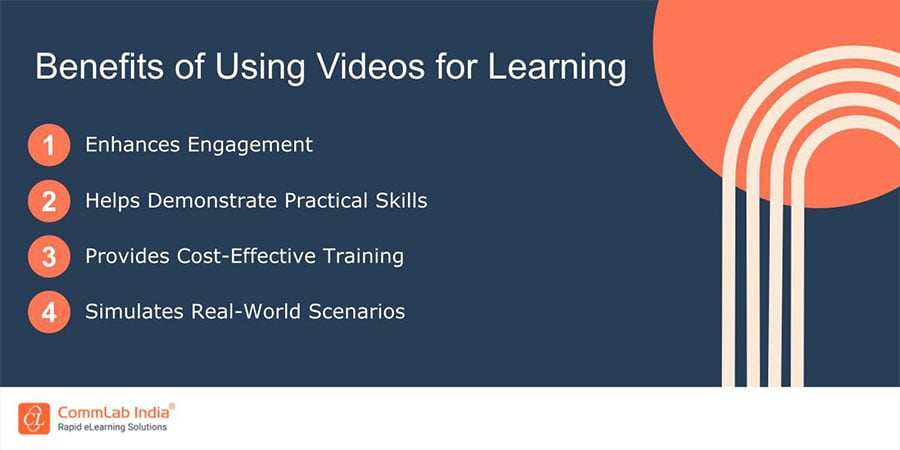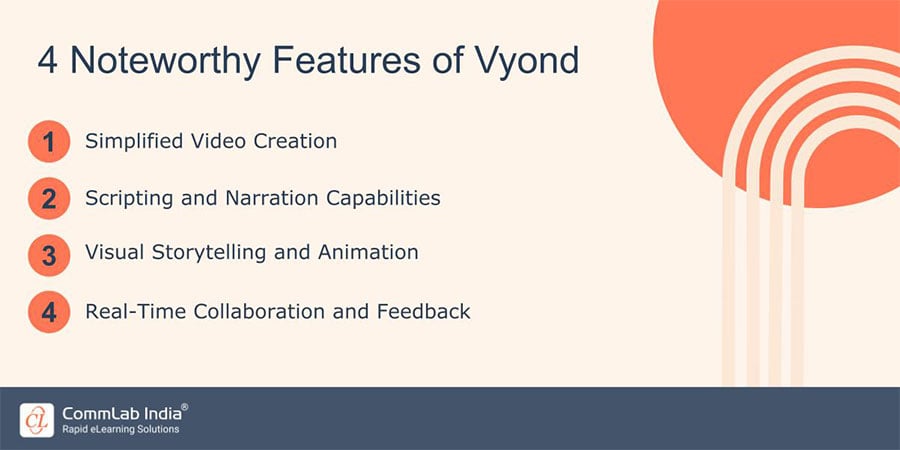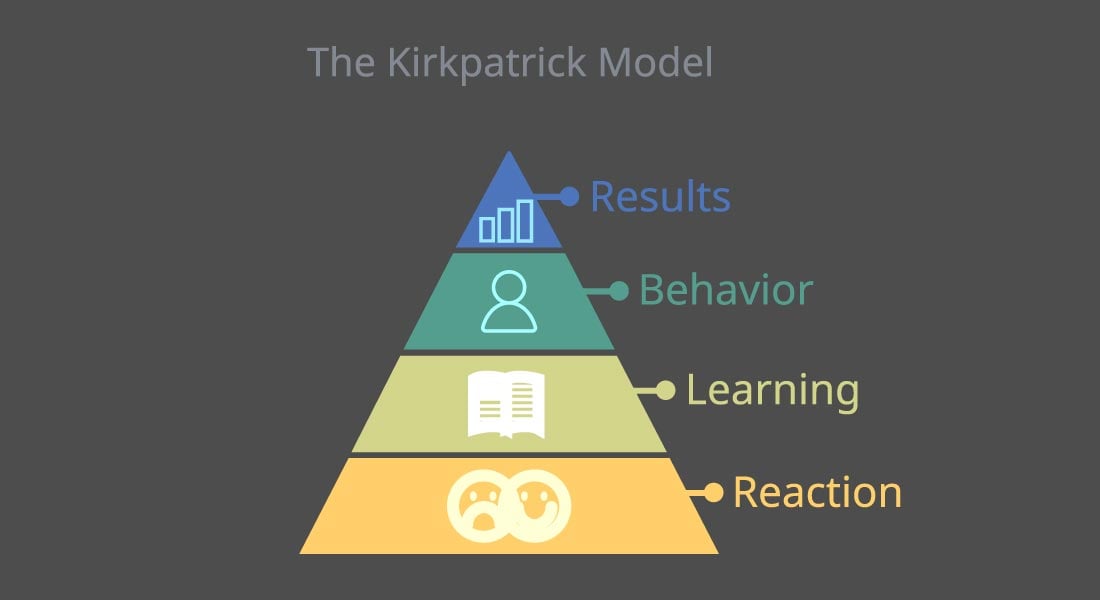Mastering Corporate Training: The Top AI Tools to Create Blended Learning Assets
Discover 6 trending AI tools for crafting top-notch blended learning assets in corporate training. Elevate your training materials with AI technology!

In the fast-paced world of corporate training, staying ahead of the curve is not just a goal; it's a necessity. As organizations strive to equip their workforce with the latest skills and knowledge, the landscape of professional development is evolving at an unprecedented pace. Thus, the demand for effective and engaging blended learning experiences has never been greater. Let's explore how AI tools are revolutionizing the creation of different types of blended learning assets, ensuring that training remains not just a process but a profound experience.
Searching for The Best AI Tools to Design Blended Learning Assets?
Here are a few of them to check out -
- ChatGPT
- Canva
- Reedsy
- Vyond
- Beacon
- Rasa
Understanding the Need to Leverage AI Tools to Design Blended Learning Assets
Modern corporate training has evolved significantly, thanks to a plethora of blended learning assets that harness the power of technology and artificial intelligence. These assets are designed to cater to the diverse needs of organizations and their employees, ensuring efficient skill development and knowledge retention. AI tools have emerged as extremely beneficial in the design of modern blended learning assets for several compelling reasons. These AI tools can significantly enhance the development and delivery of blended learning assets, making training more engaging, accessible, and effective for both instructors and learners.
Firstly, they bring unprecedented personalization to the learning experience, tailoring content and assessments to individual learner needs. This adaptability ensures that employees receive training that matches their skill levels and learning preferences, leading to higher engagement and knowledge retention. Secondly, AI-driven learning analytics provide organizations with valuable insights into employee performance and learning trends, enabling data-driven decisions for optimizing training programs. Thirdly, AI tools streamline content creation, automating tasks like content generation, grading, and feedback provision, freeing up instructors to focus on more strategic aspects of training.
Moreover, AI enhances accessibility, making learning resources more inclusive by providing features like text-to-speech, eLearning translation, and alt-text generation for diverse learners. In essence, AI tools empower organizations to design blended learning assets that are efficient, learner-centric, data-informed, and accessible, ultimately contributing to a more effective and agile workforce.
Top 6 AI Tools to Design Blended Learning Assets in 2023
1. ChatGPT
ChatGPT, as an AI language model, can contribute significantly to the design of blended learning assets. ChatGPT possesses the capability to generate content, including text-based materials and quiz questions, making it a valuable resource for educational content creation. It can also provide ideas and suggestions for interactive elements, course structuring, and assessment methods based on specific learning objectives.
Additionally, ChatGPT can assist with research by providing relevant data and references. It can contribute to the accessibility of learning materials by offering guidance on inclusive design and readability. Furthermore, it can offer insights into the integration of technology solutions and AI tools for enhancing the overall learning experience. While ChatGPT can be a helpful resource, it's crucial to recognize the importance of human expertise in the instructional design process and to use AI as a supportive tool in crafting effective blended learning assets.
2. Canva
Canva is a versatile graphic design tool that can play a pivotal role in the creation of various blended learning assets for corporate training programs. Its user-friendly interface, extensive library of templates, and AI-powered design features make it a valuable resource for instructional designers and trainers. One of the primary ways Canva can assist in corporate training is by simplifying the design process for visual assets such as infographics, presentations, and posters. Canva offers a wide range of professionally designed templates tailored to different purposes, allowing trainers to quickly customize and create visually appealing content without the need for extensive graphic design skills.
Moreover, Canva's AI-driven design suggestions can help streamline the creative process. It can recommend fonts, color palettes, and design elements that align with the corporate brand or learning objectives. This ensures a consistent and professional look across all training materials, reinforcing the organization's branding and identity.
Overall, Canva serves as a valuable ally in the development of blended learning assets for corporate training. Its intuitive design interface, AI-powered recommendations, and collaborative capabilities empower trainers and instructional designers to create visually engaging, consistent, and effective training materials that facilitate learning and development within the corporate context.
→ Download Checklist Now: Is Blended Learning Right For You?
3. Reedsy
Reedsy offers a robust platform for designing blended learning assets, particularly in the context of corporate training. Its AI-driven eBook creation tools simplify the development of digital training materials, enabling trainers and instructional designers to craft engaging and interactive eBooks tailored to specific learning objectives. With Reedsy, users can leverage its user-friendly interface and professional templates to create visually appealing content, complete with multimedia elements and interactivity.
Additionally, Reedsy's collaborative features facilitate teamwork and content review, ensuring that corporate training materials are not only informative but also visually compelling and accessible, thereby enhancing the overall training experience.
4. Vyond
Vyond, an AI-powered animation platform, can significantly enhance the creation of blended learning assets for corporate training. It allows trainers and instructional designers to develop engaging animated videos that effectively convey complex information. Vyond's user-friendly interface and extensive library of customizable characters and scenes simplify the creation process. This tool is particularly useful for developing explainer videos, interactive simulations, and scenario-based training modules. Here are a few benefits of using videos for learning.

With Vyond, trainers can transform dry content into visually compelling narratives that captivate learners and facilitate knowledge retention. Additionally, its AI-driven features enable efficient animation production, making it a valuable asset in the development of engaging and informative corporate training materials.

5. Beacon
Beacon offers a powerful platform for designing blended learning assets in the context of corporate training. It specializes in transforming existing blog posts and written content into visually engaging eBooks and lead magnets. This AI-driven tool simplifies the conversion process, allowing trainers and instructional designers to repurpose valuable written resources into comprehensive learning materials. Beacon's customization options and templates enable the creation of visually appealing eBooks tailored to specific training objectives.
Moreover, Beacon's features facilitate accessibility and interactivity, enhancing the overall learning experience. By using Beacon, trainers can efficiently leverage their written content to produce engaging and informative blended learning assets that resonate with corporate learners.
6. Rasa
Rasa, an AI chatbot platform, can be instrumental in designing interactive blended learning assets for corporate training. Its chatbot capabilities enable trainers and instructional designers to create conversational learning experiences. Rasa's AI-driven chatbots can engage learners in real-time discussions, answer questions, provide instant feedback, and deliver training content dynamically. This fosters active participation and enhances knowledge retention.
Moreover, Rasa's natural language processing capabilities ensure that learners can interact with the chatbots in a conversational and intuitive manner. By incorporating Rasa into corporate training, trainers can offer personalized, on-demand support and learning resources, making the blended learning experience more engaging and effective.
Wrapping Up!
In conclusion, the integration of AI tools into the design of blended learning assets has become a transformative force in the realm of corporate training. These advanced technologies not only streamline content creation and delivery but also enhance personalization, engagement, and accessibility. As organizations strive to equip their workforce with the latest skills and knowledge, AI-driven solutions offer a strategic advantage in crafting effective and efficient training materials. Here’s a blended learning launch checklist to help you get started, download it now!





